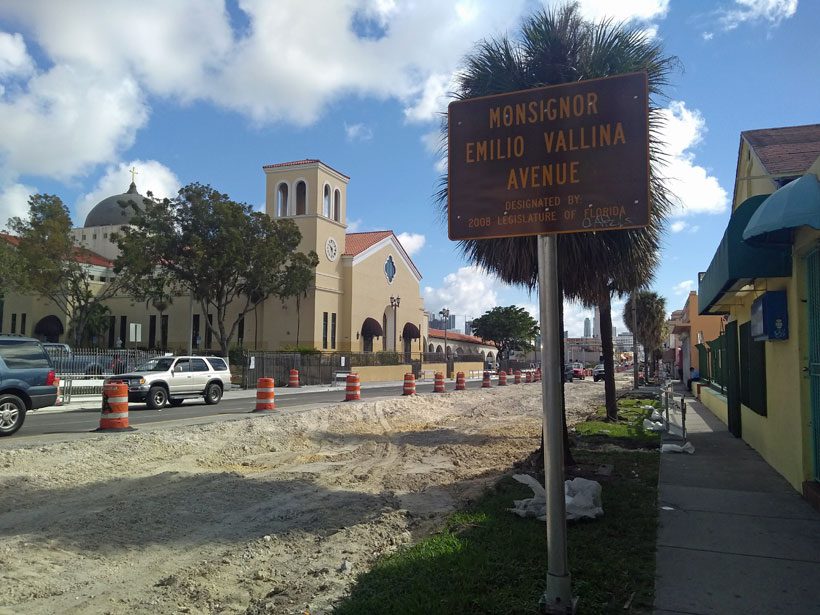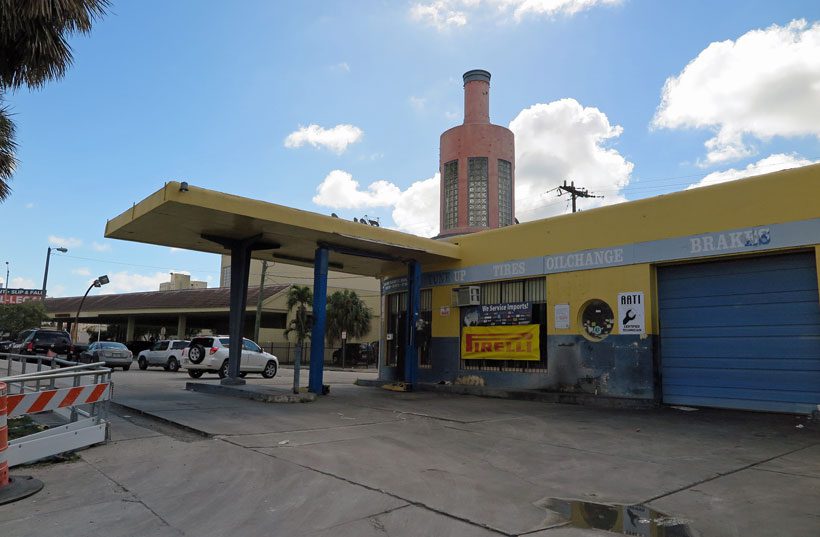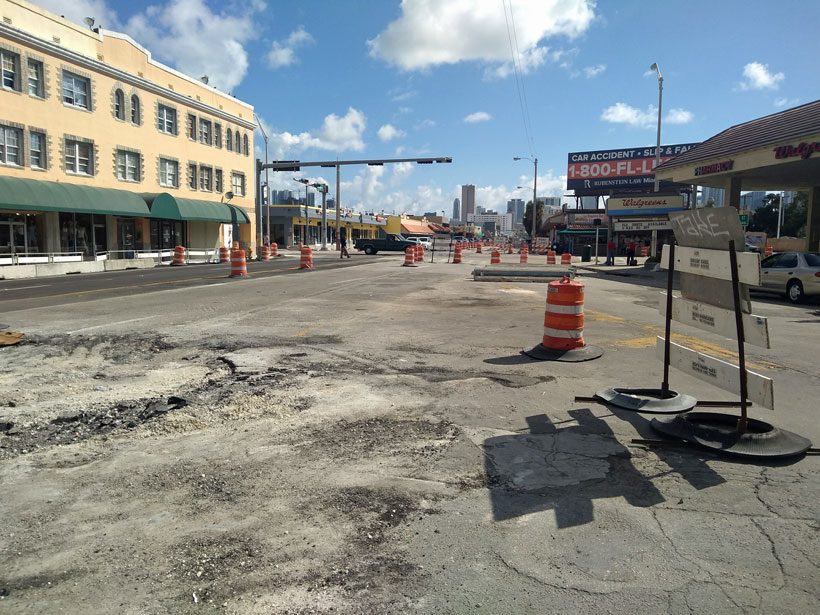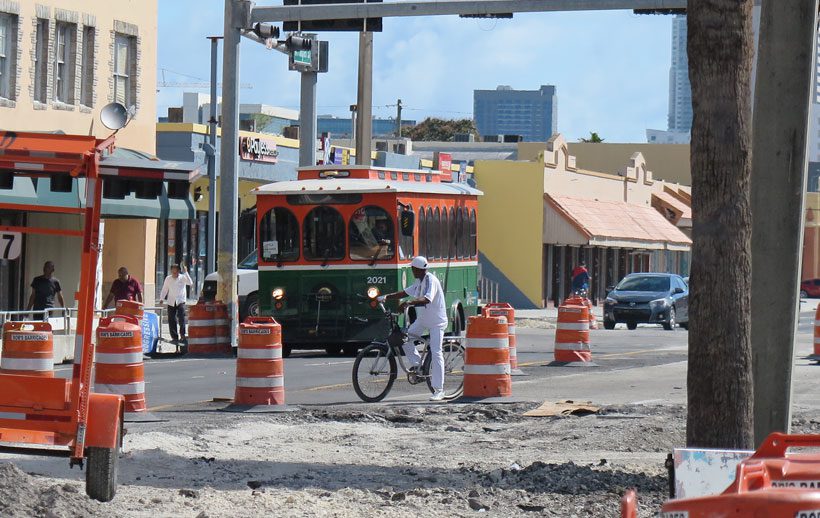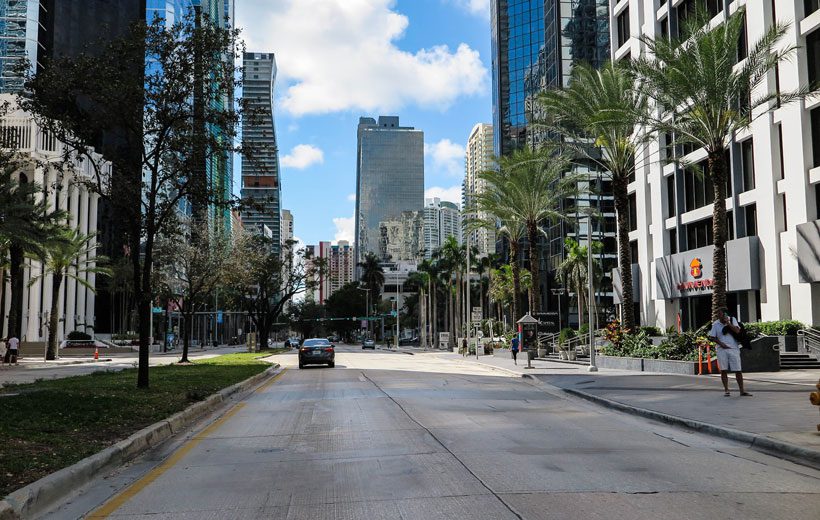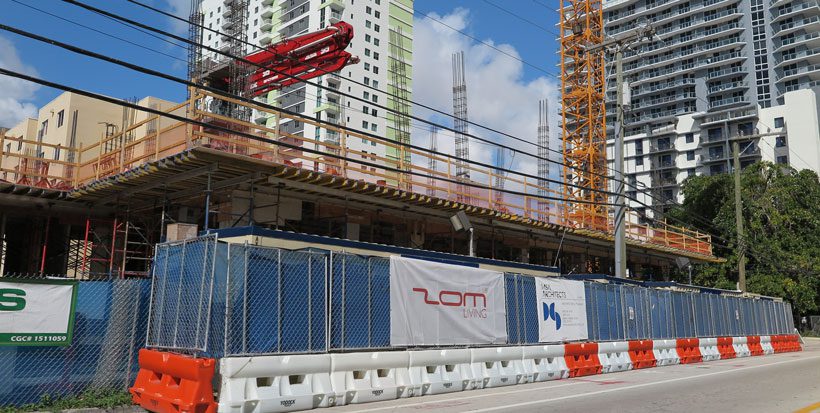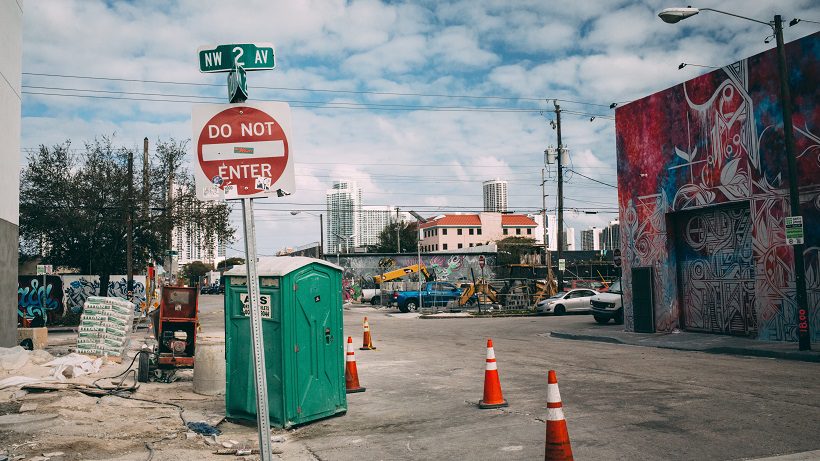In the 1930s, Little Havana was a lower-middle-class Southern and Jewish neighborhood. Following the Cuban Revolution, there was a vast influx of Cuban immigrants which settled here and “Little Havana” emerged. By 1970, the neighborhood was more than 85% Cuban. Today, it’s more diverse and Cubans now make up about 58% of the Hispanic community.
The median household income in Little Havana is about $25k, less than half of the national average. But the neighbourhood is close to the bay and the beaches and adjacent to the bustling and more expensive areas of Downtown and Brickell. As people are priced out of those, they are increasingly settling here. This has made Little Havana attractive to developers. In 2015, the National Trust for Historic Preservation put Little Havana on its annual list of America’s 11 Most Endangered Historic Places. This highlighted the lack of legal protection for its architecturally diverse collection of early to mid-20th Century homes and buildings and it helped curb a controversial rezoning proposal.
Still, gentrification is inevitable. Across from my parents’ home is a 61-year-old, one-story apartment building. According to The Real Deal, Brickell-based real estate investor and developer Arturo Ortega bought it for $1.7 million. He intends to knock it down and build a new rental building with 51 units. There’s a lot of construction happening around Little Havana. The juxtaposition of this poor, immigrant neighbourhood against the wealth and modern opulence of Brickell is striking.
Miami, like any major city, is always changing. When you live in a city, the changes happen at a steady but almost imperceptible pace. When you’re an expat returning home, years of so-called progress and gentrification hit you all at once.
